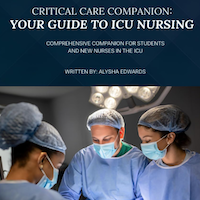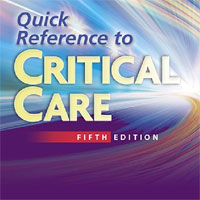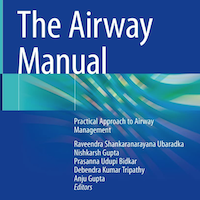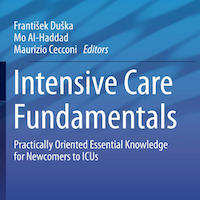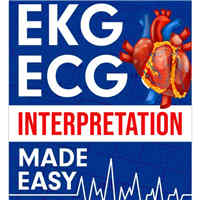
The burdens of survivorship: an approach to thinking about long-term outcomes after critical illness
Internationally accepted approaches to the study of functioning and disability can inform critical care practitioners and scholars in their study of functional limitations, disability, and quality of life after critical illness... read more

Vasopressors for Hypotensive Shock
This review seeks unbiased evidence about the effects of different drugs that enhance blood pressure on risk of dying in critically ill patients with impaired blood circulation. Review authors identified 28 randomized controlled... read more

Genomics and Pharmacogenomics of Sepsis: So Close and Yet So Far
Sapru et al. show in this issue of Critical Care that variants of thrombomodulin and the endothelial protein C receptor, but not protein C, are associated with mortality and organ dysfunction (ventilation-free and organ failure-free... read more

Assessment of Clinical Criteria for Sepsis
The Third International Consensus Definitions Task Force defined sepsis as "life-threatening organ dysfunction due to a dysregulated host response to infection." The performance of clinical criteria for this sepsis definition... read more
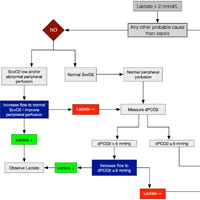
The Ten Pitfalls of Lactate Clearance in Sepsis
Clearance is the removal of a substance from blood, expressed as a volume (milliliters) over time (minutes). However, changes in lactate levels are the sum of ongoing production and removal from the blood by excretion (e.g.,... read more

Low-dose Corticosteroids for Adult Patients with Septic Shock
The results of this systematic review provide an evidence summary to inform clinicians regarding decisions to use corticosteroids in adult patients with septic shock. We found that assignment to treatment with corticosteroids... read more
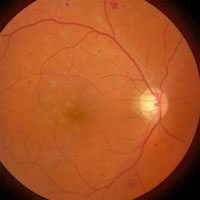
Noninvasive Retinal Analysis for Cardiovascular Profiling of Patients with COPD
Chronic obstructive pulmonary disease (COPD) is a complex disease with many patients suffering from cardiovascular comorbidity. However, cardiovascular diseases remain often undiagnosed in COPD. Assessment of the retinal... read more

Clinical Chronobiology: A Timely Consideration in Critical Care Medicine
Circadian rhythms are currently low on the list of physiological priorities during ICU ward rounds. We have argued that recognition of the influence of this universally important system, and adoption of chronobiological strategies,... read more
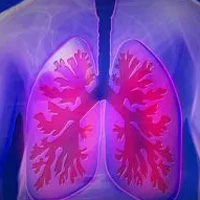
A Basic Approach to Treating Various Types of Hypoxia
The use of supplemental oxygen is of no value when treating stagnant and histotoxic hypoxia because the problem is due to impaired cardiac function and cell enzyme inhibition respectfully. Supplemental oxygen is of little... read more
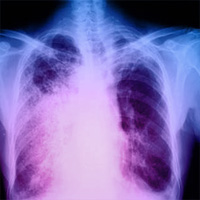
Metabolic Profiles in Community-Acquired Pneumonia
This study demonstrates that serum metabolomics approaches based on the LC-MS/MS platform can be applied as a tool to reveal metabolic changes during CAP and establish a metabolite signature related to disease severity. The... read more

Blood Cultures Drawn From Arterial Catheters Are Reliable for the Detection of Bloodstream Infection in Critically Ill Children
Arterial catheters may serve as an additional source for blood cultures in children when peripheral venipuncture is challenging. The aim of the study was to evaluate the accuracy of cultures obtained through indwelling arterial... read more

Effect of Use of a Bougie vs Endotracheal Tube and Stylet on First-Attempt Intubation Success Among Patients With Difficult Airways Undergoing Emergency Intubation
In this emergency department, use of a bougie compared with an endotracheal tube + stylet resulted in significantly higher first-attempt intubation success among patients undergoing emergency endotracheal intubation.... read more

Oxygen: Savior or Devil in a Green Dress?
If you ask any small child what doctors do or what happens in a hospital, you'll probably get some variation of "they make sick people better." Were you to ask the same question of one of those doctors or someone working... read more

Lack of association between airflow limitation and recurrence of venous thromboembolism among cancer patients with pulmonary embolism
The presence of airflow limitation did not increase the risk of VTE recurrence in cancer patients with PE. Prospective studies are needed to validate this finding. Among 401 cancer patients with newly diagnosed PE, spirometry-based... read more
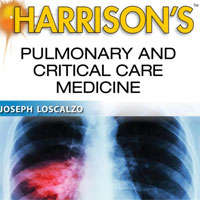
Harrison’s Pulmonary and Critical Care Medicine
Featuring a superb compilation of chapters related to pulmonary and critical care topics, this concise, full-color clinical companion delivers the latest knowledge in the field backed by the scientific rigor and authority... read more
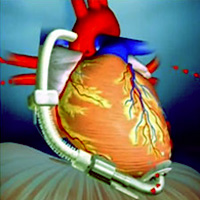
Comparison of Transplant Waitlist Outcomes for Pediatric Candidates Supported by Ventricular Assist Devices Versus Medical Therapy
This is a comparative study of ventricular assist devices versus medical therapy in children. Age is a significant modulator of waitlist outcomes for children with end-stage heart failure supported by ventricular assist device,... read more

Diagnostic Workup, Etiologies and Management of Acute Right Ventricular Failure
Right Ventricular (RV) function evaluation is key in the critically-ill patients for hemodynamic management, as fluid optimization, vasopressor strategy and respiratory support. RV failure may be diagnosed by the association... read more


